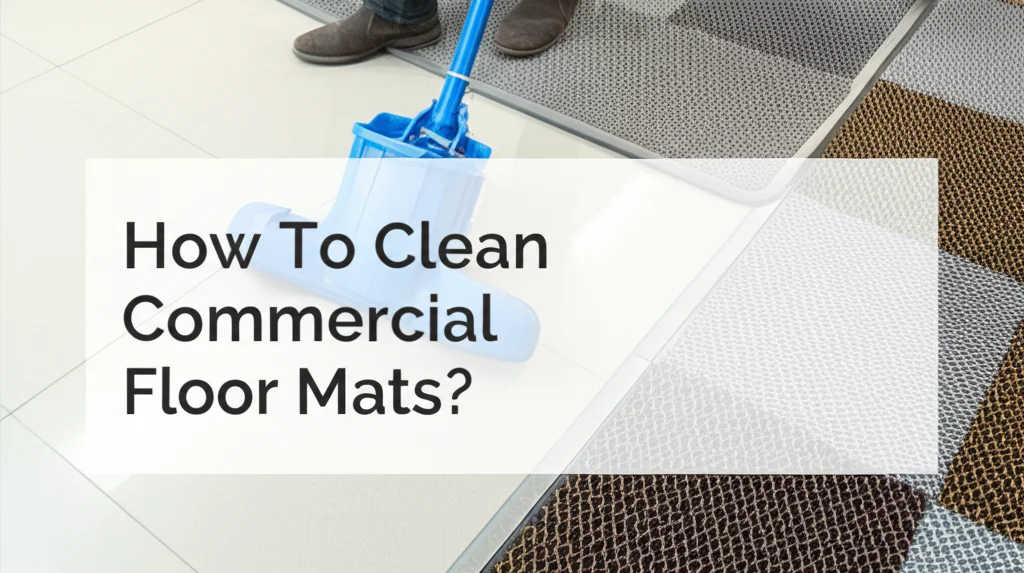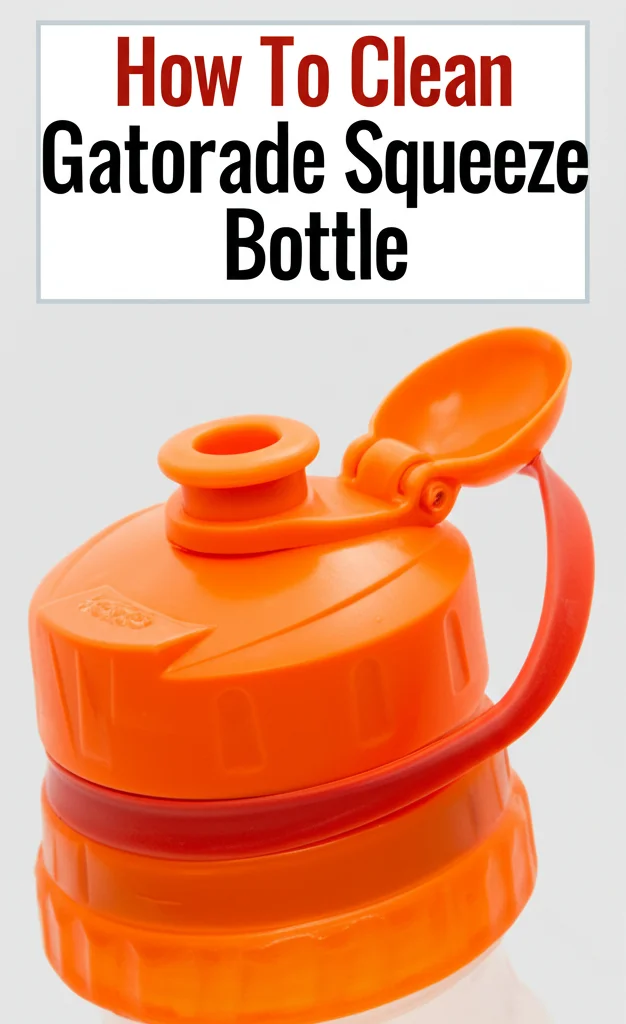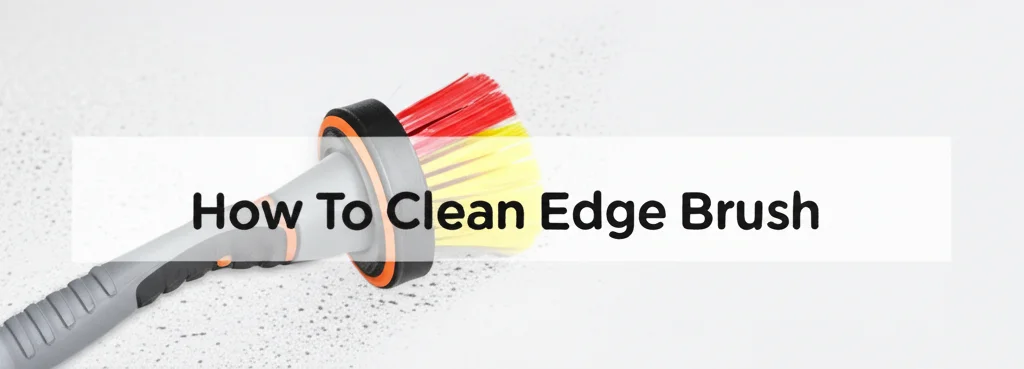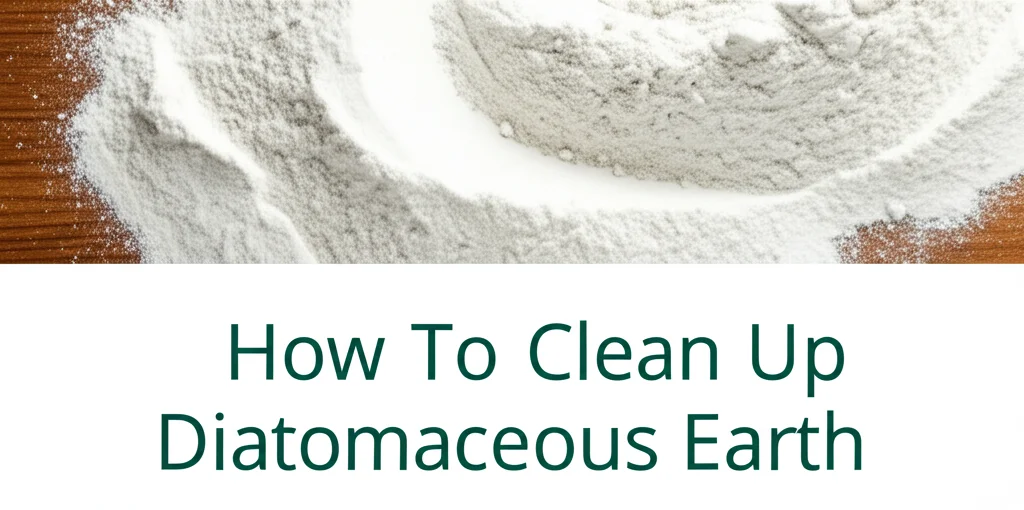· Cleaning Tips · 6 min read
How To Clean Commercial Floor Mats?

Keeping Your Business Welcoming: How to Clean Commercial Floor Mats
First impressions matter, and a clean, inviting entrance sets the tone for your business. Commercial floor mats play a crucial role in this, trapping dirt, water, and debris before they spread throughout your facility. But these mats need regular cleaning to remain effective and maintain a professional appearance. This article will guide you through everything you need to know about how to clean commercial floor mats, from daily upkeep to deep cleaning methods. We’ll cover different mat types, cleaning solutions, and best practices to ensure your mats look their best and contribute to a safer, cleaner environment.
Takeaway:
- Regular vacuuming removes loose debris.
- Spot cleaning addresses spills immediately.
- Deep cleaning restores mat effectiveness and appearance.
- Choosing the right cleaning method depends on the mat material.
What’s the quickest way to clean a commercial floor mat?
Vacuum the mat thoroughly to remove loose dirt and debris. Then, spot clean any stains with a mild detergent and water solution. For a more thorough clean, use a carpet cleaner or pressure washer, depending on the mat’s material.
Understanding Your Commercial Floor Mats
Before diving into cleaning, it’s important to identify the type of commercial floor mat you have. Different materials require different cleaning approaches. Using the wrong method can damage the mat and reduce its lifespan. Here’s a breakdown of common commercial mat types:
Common Commercial Mat Materials
- Carpet Mats: These are popular for their ability to trap dirt and moisture. They often feature a rubber backing for stability.
- Rubber Mats: Durable and water-resistant, rubber mats are ideal for high-traffic areas and outdoor use.
- Vinyl Mats: A cost-effective option, vinyl mats are easy to clean and maintain.
- Coir Mats: Made from coconut fibers, coir mats are naturally abrasive, making them excellent for scraping dirt from shoes.
- Anti-Fatigue Mats: Designed for comfort in standing areas, these mats often have a cushioned surface.
Knowing your mat’s material will guide your choice of cleaning solutions and techniques. For example, harsh chemicals can damage coir mats, while rubber mats can withstand more aggressive cleaning.
Daily & Weekly Maintenance: Preventing Build-Up
Consistent maintenance is key to keeping your commercial floor mats clean and extending their life. A little effort each day can prevent dirt and grime from becoming deeply embedded.
Daily Routine
- Vacuuming: Vacuum mats daily, especially in high-traffic areas. This removes loose dirt, dust, and debris before it gets ground in.
- Spot Cleaning: Address spills and stains immediately. Blot (don’t rub!) the area with a clean cloth and a mild detergent solution.
- Shake Out: For smaller mats, shake them out outdoors to remove loose particles.
Weekly Routine
- Thorough Vacuuming: Perform a more thorough vacuuming, paying attention to edges and corners.
- Light Cleaning: Use a mild detergent and water solution to wipe down the mat surface. Rinse thoroughly with clean water.
- Inspection: Check for any signs of damage or wear and tear. Address any issues promptly to prevent further deterioration.
Deep Cleaning Methods for Different Mat Types
While daily and weekly maintenance keeps mats looking presentable, deep cleaning is essential for restoring their effectiveness and removing stubborn dirt. The best method depends on the mat material.
Cleaning Carpet Mats
Carpet mats benefit from a deep clean using a carpet cleaner. You can rent a machine or hire a professional cleaning service.
- Vacuum thoroughly: Remove all loose debris.
- Apply carpet cleaning solution: Follow the manufacturer’s instructions.
- Extract the solution: Use the carpet cleaner to extract the dirty water and cleaning solution.
- Allow to dry completely: Ensure the mat is completely dry before placing it back in service. Consider using fans to speed up the drying process.
Cleaning Rubber Mats
Rubber mats are durable and can withstand more aggressive cleaning. You can use a pressure washer or a scrub brush and detergent. If you’re looking for ways to clean other surfaces, you might find this article on https://www.beacleaner.com/how-to-clean-bathroom-floor-without-mop/ helpful.
- Pressure Washing: Use a low-pressure setting to avoid damaging the mat.
- Scrubbing: Use a scrub brush and a solution of warm water and mild detergent.
- Rinse thoroughly: Remove all traces of detergent.
- Allow to dry completely: Rubber mats can take longer to dry than other materials.
Cleaning Vinyl Mats
Vinyl mats are relatively easy to clean. A simple solution of warm water and mild detergent is usually sufficient.
- Wipe down with detergent solution: Use a sponge or cloth.
- Rinse thoroughly: Remove all traces of detergent.
- Dry with a clean cloth: Prevent water spots.
Cleaning Coir Mats
Coir mats require gentle cleaning to avoid damaging the fibers. Avoid harsh chemicals and excessive water.
- Shake out debris: Remove loose dirt and debris.
- Vacuum gently: Use a vacuum with a brush attachment.
- Spot clean with mild soap and water: Avoid soaking the mat.
- Allow to air dry completely: Coir mats can take a long time to dry.
Choosing the Right Cleaning Solutions
Selecting the appropriate cleaning solution is crucial for effective cleaning and preventing damage to your mats.
Recommended Cleaning Solutions
- Mild Detergent: A general-purpose cleaner suitable for most mat types.
- Enzyme Cleaners: Effective for removing organic stains like urine or food spills.
- Commercial Mat Cleaners: Specifically formulated for commercial floor mats.
- Vinegar and Water Solution: A natural cleaning option for vinyl and rubber mats (use a diluted solution).
Cleaning Solutions to Avoid
- Bleach: Can discolor and damage many mat materials.
- Abrasive Cleaners: Can scratch and wear down the mat surface.
- Strong Solvents: Can dissolve or damage the mat material.
Extending the Life of Your Commercial Floor Mats
Proper care and maintenance can significantly extend the life of your commercial floor mats.
- Use Matting Systems: Implement a comprehensive matting system that includes entrance mats, interior mats, and specialized mats for specific areas.
- Rotate Mats: Rotate mats regularly to distribute wear and tear evenly.
- Replace Worn Mats: Replace mats when they become excessively worn or damaged.
- Consider Professional Cleaning: Schedule professional cleaning services periodically for a deep, thorough clean. You can also check out this article on https://www.beacleaner.com/how-to-clean-kitchen-mats/ for more tips.
Frequently Asked Questions (FAQs)
Q: How often should I deep clean my commercial floor mats?
A: The frequency of deep cleaning depends on foot traffic and usage. Generally, deep cleaning every 3-6 months is recommended. High-traffic areas may require more frequent cleaning.
Q: Can I use a pressure washer on all types of commercial floor mats?
A: No. Pressure washing is suitable for durable mats like rubber, but should be avoided on delicate materials like coir or carpet.
Q: What’s the best way to remove stubborn stains from a carpet mat?
A: Try using an enzyme cleaner specifically designed for stain removal. Follow the manufacturer’s instructions carefully.
Q: Are there any eco-friendly cleaning options for commercial floor mats?
A: Yes, vinegar and water solutions, enzyme cleaners, and biodegradable detergents are all eco-friendly options.
Q: How do I dry my commercial floor mats quickly after cleaning?
A: Use fans to circulate air and speed up the drying process. Ensure the mats are completely dry before placing them back in service to prevent mold and mildew growth.
Conclusion
Maintaining clean commercial floor mats is an investment in your business’s appearance, safety, and longevity. By understanding the different mat types, implementing a regular cleaning schedule, and using the appropriate cleaning solutions, you can keep your mats looking their best and functioning effectively. Remember, consistent maintenance is key to preventing build-up and extending the life of your mats. Don’t underestimate the power of a clean entrance – it speaks volumes about your commitment to quality and customer satisfaction. If you’re looking for more cleaning tips, you might find this article on https://www.beacleaner.com/how-to-clean-vinyl-plank-flooring/ helpful.




